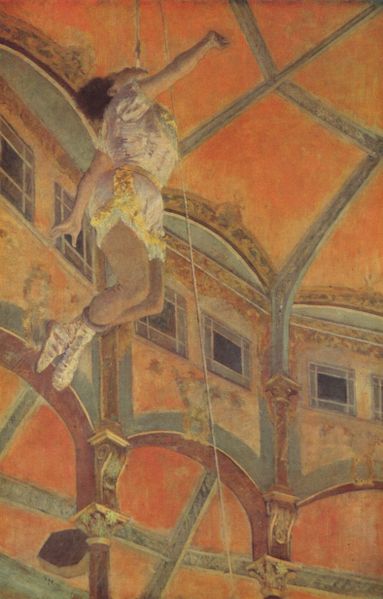The industrialist, art collector and painter Henri Rouart was a close friend of Edgar Degas and the source of much information about the artist as he was in his later years – something of an irascible curmudgeon, increasingly reactionary in his political views and frequently outraged by the coquettishness of young women. According to Rouart, Degas also had a habit of borrowing his pictures back from friends and patrons who owned them, to purge them of perceived infelicities and rework them according to the altered priorities of his old age. A number of the pictures in question stubbornly resisted his attempts to improve them and some were all but destroyed in the process. Rouart chained his own paintings by Degas to the wall, so that the artist could not remove them when he came to visit.
The painter’s tendency to alter, enlarge, overpaint and otherwise revise his own compositions has inspired a thoroughly engrossing new exhibition at the National Gallery: “Art in the Making: Degas”. The museum’s own small but formidable collection of pictures by Degas constitutes the nucleus of the show. Many of the artist’s preparatory drawings and sketches, borrowed from institutions across Europe and America, are exhibited alongside the works developed from them. X-rays and infrared reflectographs also form part of the display, revealing some of the changes of mind hidden beneath the mottled, vivid surfaces of Degas’ pictures.
While Rouart’s anecdote about the artist borrowing back pictures only to ruin them is amusing, it is also slightly misleading. It suggests that Degas was a kind of saboteur of his own genius, tinkering with his own creations to no useful purpose. In fact, Degas’ self-questioning hesitancy, his deeply ingrained distrust of academic notions of “finish” were inextricably intertwined with his brilliance and originality. The artist’s portrait of Rouart’s...

Degas: Art in the Making at the National Gallery 2004
14-11-2004

